Have you ever wondered why cosplay is so sexualized and what drives this trend in the cosplay community? Cosplay began as a creative hobby but has sparked debates about revealing costumes and unrealistic beauty standards.
This post will break down 9 key points behind why cosplay is so sexualized, sharing critical insights into social media influence, pop culture impact, consent issues, and more. Read on to get the full story.
Key Takeaways
Pop culture heavily influences cosplay by showcasing anime, comic, and game characters in revealing outfits with unrealistic bodies that cosplayers often try to mimic.
Social media often favors sexualized cosplay, giving more likes and shares to posts that show skin—this creates pressure on cosplayers to dress more provocatively to gain followers, attention, and sponsorship deals.
Many cosplayers gain confidence from adopting bold character personas—this approach can help them explore their identity, embrace strengths, and conquer personal insecurities.
Commercial interests drive companies to promote costumes using sexualized images, steering community trends, and shaping what cosplay fans might expect to see.
Respecting personal boundaries and consent is essential at cosplay events; conventions commonly post messages like “Cosplay Is Not Consent“, aiming to make the experience safe and welcoming for everyone involved.
Table of Contents
The Appeal of Cosplay
Cosplay lets fans step into the shoes of their favorite characters, bringing fantasy worlds to life through detailed costumes and props. This hobby creates a unique space where people can show off their skills while forming bonds with others who share their passion for games, comics, and anime.
Creativity and self-expression
Fans show their love for favorite characters through cosplay, in unique and personal ways. They spend countless hours crafting costumes, styling wigs, and perfecting detailed makeup, bringing fictional heroes vividly to life.
This creative journey requires design know-how, sewing skills, and the ability to capture a character’s emotions and personality. Many cosplayers find delight in the creative challenges, happily stepping into the roles of beloved figures from anime, video games, or movies.
Cosplay lets me step into different identities while showcasing my artistic skills.
Self-expression lies at the core of why so many people enjoy cosplay. It provides fans with a way to share their passions, while also discovering new aspects of their own identity.
Body positivity flourishes in welcoming cosplay communities, where people of every size, shape, and background come together. Often, the point isn’t appearance alone—but rather the meaningful bond fans have with their characters.
These fandom connections form friendships, building tight bonds around shared interests and genuine enthusiasm.
Connection with fandoms and characters
Cosplay goes way beyond simple self-expression, creating deep bonds with favorite stories and heroes. Many cosplayers identify closely with characters who reflect their own personal values or struggles.
This emotional link is stronger than merely putting on a costume—it forms a living bridge that connects fictional worlds to real life. By stepping into a hero’s shoes, cosplayers can briefly experience life as their most beloved characters.
That common love for certain characters often sparks instant friendships at conventions or within online forums. These communities provide an escape from everyday stress, letting fans relax and celebrate their interests openly.
Cosplayers often describe feeling part of something larger than themselves. The cosplay community offers comfort, acceptance, and a safe space where passion for fictional universes is admired instead of criticized.
This feeling of belonging encourages many cosplayers to continue the hobby, despite the effort, expense, and time it demands.
Influence of Pop Culture on Cosplay
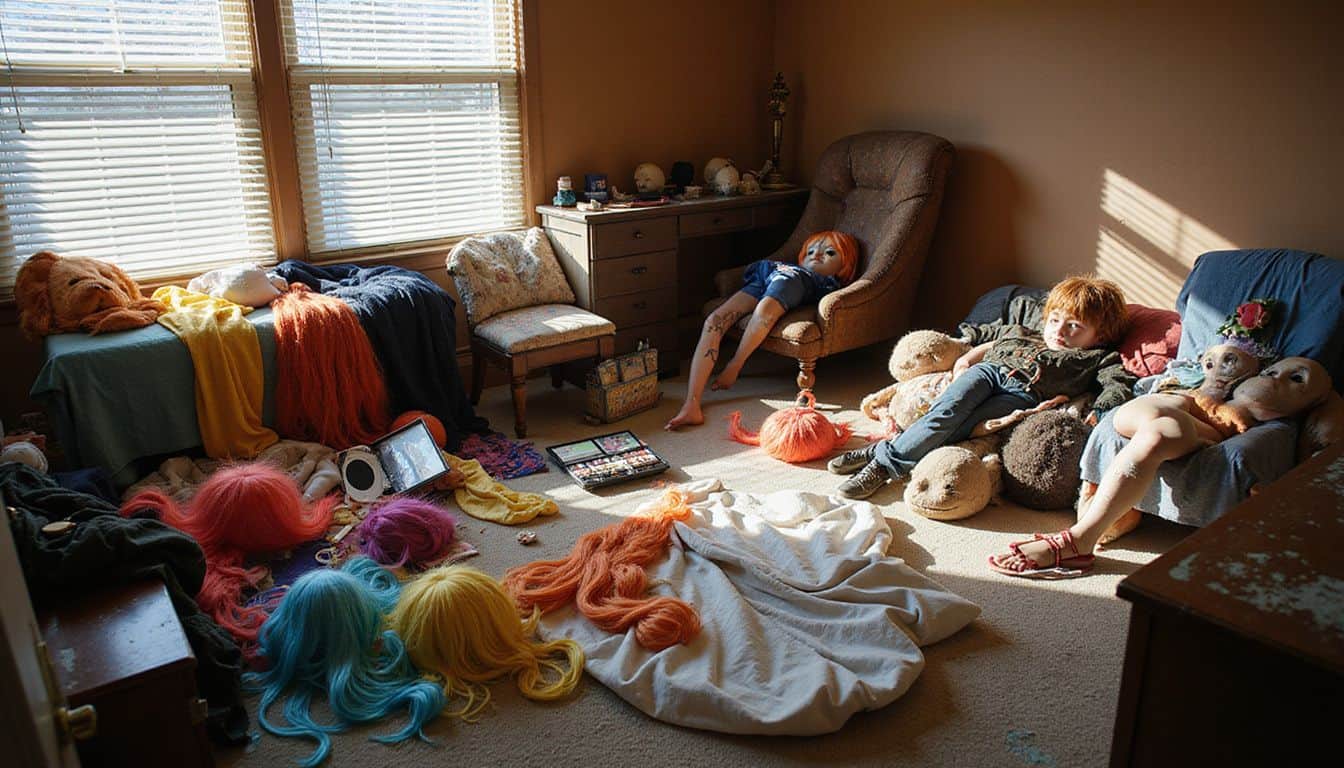
Pop culture shapes how cosplayers design and wear their costumes. Anime, video games, and comics often feature characters with skimpy outfits or exaggerated body types that fans recreate in real life.
Provocative character designs in anime and video games

Anime and games often feature female characters wearing skimpy outfits, with big chests and tiny waists. Titles like “Dead or Alive” and anime series such as “High School DXD” push this trend even further to attract attention.
This approach largely comes down to what appeals most to their target audience. Research by Collins (2011) and Stankiewicz (2008) confirms heavy sexualization of female characters across all types of media.
I’ve personally observed this while playing games like Final Fantasy, where fierce female warriors often wear battle bikinis, which aren’t practical at all.
Japanese anime art often makes these issues even worse by emphasizing exaggerated body features. Characters portrayed in hot Lara Croft cosplay clearly show how such designs spill into real-life cosplay choices.
Cosplayers frequently feel torn, unsure whether to follow these overly sexualized outfits or to alter them. The issue goes beyond mere appearance—these designs subtly push certain ideas about gender roles, suggesting a character’s worth is tied to attractiveness.
Fans end up stuck, loving their favorite characters yet uneasy with the repeated sexualized treatment.
Sexualized portrayals in mainstream media

Mainstream media often shapes our view of cosplay by focusing heavily on sexy outfits. Movies, TV series, and comics typically dress female heroes in tight clothing, high heels, and revealing designs.
That approach filters into cosplay itself, as fans recreate these provocative looks at conventions and in photo shoots. Social media platforms like Instagram and TikTok push these images further into the spotlight.
Because of this, many cosplayers feel pressured to fit these sexualized portrayals. Some fans even think about getting breast implants for cosplay to better match their chosen characters.
Cosplay exists at the crossroads of fandom and self-expression, but media portrayals often tip the scales toward objectification.
The media frequently encourages this trend with its “sex sells” mentality—a mindset present in both popular culture and cosplay circles. Anime, manga, and video game designers often emphasize cleavage and body shape over strength or bravery.
Unfortunately, this creates a cycle where cosplayers believe they must reveal more skin to gain praise or attention. Such pressures can negatively influence how others see cosplay, causing issues related to personal boundaries at public events.
Today, many cosplayers actively challenge these patterns by choosing gender-swapped costumes or redesigning characters with less sexualized appearances.
The Role of Social Media

Social media has turned sexy cosplay into a fast track to fame. Platforms like Instagram reward revealing outfits with more likes, pushing many cosplayers to show more skin for better reach.
Amplification of sexualized cosplay through likes and shares
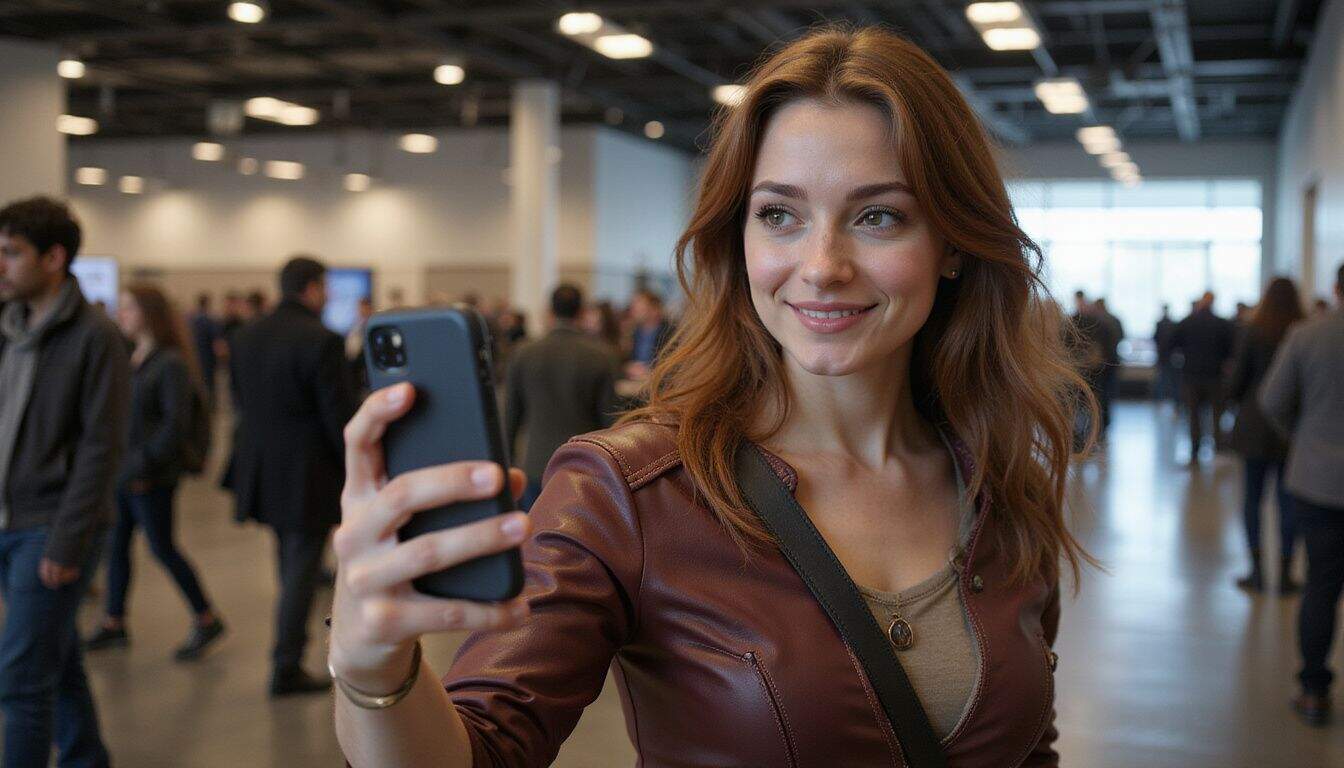
Online platforms have totally reshaped the cosplay scene—especially for women. Many female cosplayers feel pressured to wear revealing outfits or pose seductively just to gain attention online.
Every like and share reinforces this pattern, causing sexy images to spread quicker than modest ones. It’s a simple formula: skimpy costume equals more views, more followers, and more opportunities for paid gigs.
As a result, many cosplayers feel trapped between honoring characters they adore and adjusting their appearance to boost popularity.
In recent years, competition for clicks has gotten intense. Photos highlighting cleavage or tight costumes typically spread rapidly across different platforms, reaching people way beyond the cosplayer’s original followers.
Viral success sends new cosplayers a clear signal about what’s popular and what’s not. This pressure takes a toll on both mental health and creative expression. Talented artists, who spend hours crafting detailed costumes, often find their hard work overlooked.
Meanwhile, quick and revealing costumes rack up thousands of likes within minutes. The struggle can feel overwhelming for cosplayers who want recognition based on talent and skill, rather than how attractive or exposed they appear in photos.
Pressure to create content that gains attention

Social media platforms reward sexualized cosplay with increased likes, shares, and visibility—feeding a cycle that encourages cosplayers to show more skin. Many cosplayers feel stuck in this loop.
They face a difficult choice: staying true to their artistic vision or chasing greater reach. Platforms like Instagram and TikTok often push appearance ahead of costume details due to fierce competition for views.
I’ve seen talented friends spend weeks creating stunning, intricate costumes that barely get noticed—while simple, revealing outfits skyrocket in popularity.
The algorithm doesn’t care about your craftsmanship; it cares about what makes people stop scrolling.
This pressure often hurts cosplayers’ mental health, confidence, and body image in big ways. Social media audiences clearly favor certain body types, rewarding provocative and suggestive posts.
Cosplayers frequently say they feel pressured into creating content that attracts attention rather than expressing their true passion. Stress from chasing engagement numbers can quickly turn a relaxing hobby into a source of anxiety.
Sponsors and brands usually favor cosplayers with larger followings, fueling the drive for provocative content even more.
Escapism and Empowerment

Cosplay lets many people step into a new skin and feel more bold than they do in daily life. This chance to become someone else for a day gives fans the power to explore parts of themselves they might keep hidden, from confidence to sensuality.
Confidence gained through adopting sexualized personas

Taking on a sexy cosplay role can give people a surprising confidence boost. Wearing a bold, daring costume often helps cosplayers feel more comfortable with themselves, inside and out.
Trying out a powerful and attractive persona can increase self-assurance, making individuals feel better about their bodies. For example, someone who usually feels shy may suddenly find courage, simply by dressing as a bold warrior in an outfit that shows more skin.
Members of the cosplay community frequently share stories about self-growth through adopting these exciting characters. Many find freedom through expressing parts of their personality that stay hidden during everyday routines.
It provides a break from typical social pressures, giving people a chance at emotional freedom, almost like therapy. Some describe this creative outlet as a healthy way to safely explore feelings or desires they might otherwise conceal.
Social media helps reveal this journey, as cosplayers openly discuss overcoming insecurities, such as body image worries, by adopting these confident and alluring roles. Yet, each person decides individually how comfortable they feel, drawing their own line between feeling empowered and feeling objectified.
Exploring identity and self-expression

Cosplay provides a fun and appealing way to explore new identities. People often feel free stepping into characters unlike their usual selves. I’ve seen shy friends turn into bold heroes or daring villains through cosplay.
Trying out these new personas can offer emotional release, allowing individuals to show sides of themselves usually hidden away. The costume can even act like a safe shield, helping people express themselves more bravely and openly.
The act of creating the costume also encourages personal development. Developing a costume requires artistic imagination and sharp problem-solving—both excellent confidence-builders.
Many cosplayers even play with gender roles, using gender-bending outfits to challenge traditional expectations of appearance and behavior. By selecting costumes that question typical stereotypes, cosplayers can better understand themselves, expand their self-awareness, and grow personally.
This sense of self-discovery and empowerment often draws people toward cosplay communities, even if outsiders occasionally criticize the hobby’s somewhat sexualized aspects.
Commercialization of Cosplay

Money has changed cosplay from a hobby into big business. Companies now sell sexy outfits based on popular characters while pushing cosplayers to show more skin for likes and sponsors.
Marketing of costumes with sexualized imagery
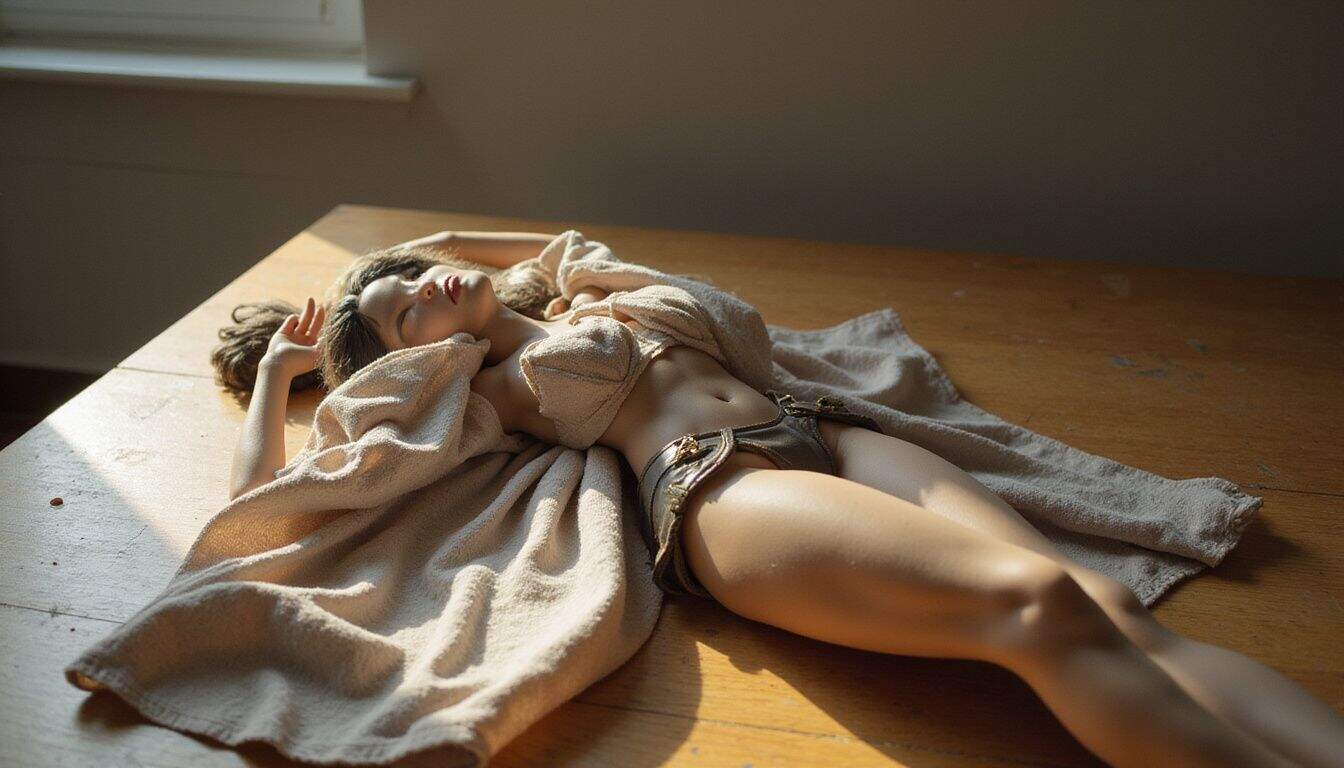
Costume brands often rely on sexy visuals to attract cosplayers. They feature models in skimpy outfits across packaging and advertisements, boosting sales but creating false ideas about cosplay appearance.
These promotions target fans eager to dress as favorite characters, yet they push a narrow definition of beauty. Many promotional shots highlight cleavage, bare skin, and provocative poses instead of costume details or character accuracy.
The market sells the fantasy, not just the costume.
Social media makes the issue even more complicated, as brands partner with influencers posting revealing content to gain likes and followers. This partnership sets up a cycle—brands and fans alike start believing cosplay needs sex appeal to gain popularity.
The effect can be seen clearly in the costume market: mass-produced outfits often feature shorter skirts, tighter fits, and lower necklines than the actual characters would wear. Such marketing tactics shape new cosplayers’ visions of what’s standard or required within their community.
The role of brands and sponsorships in promoting trends
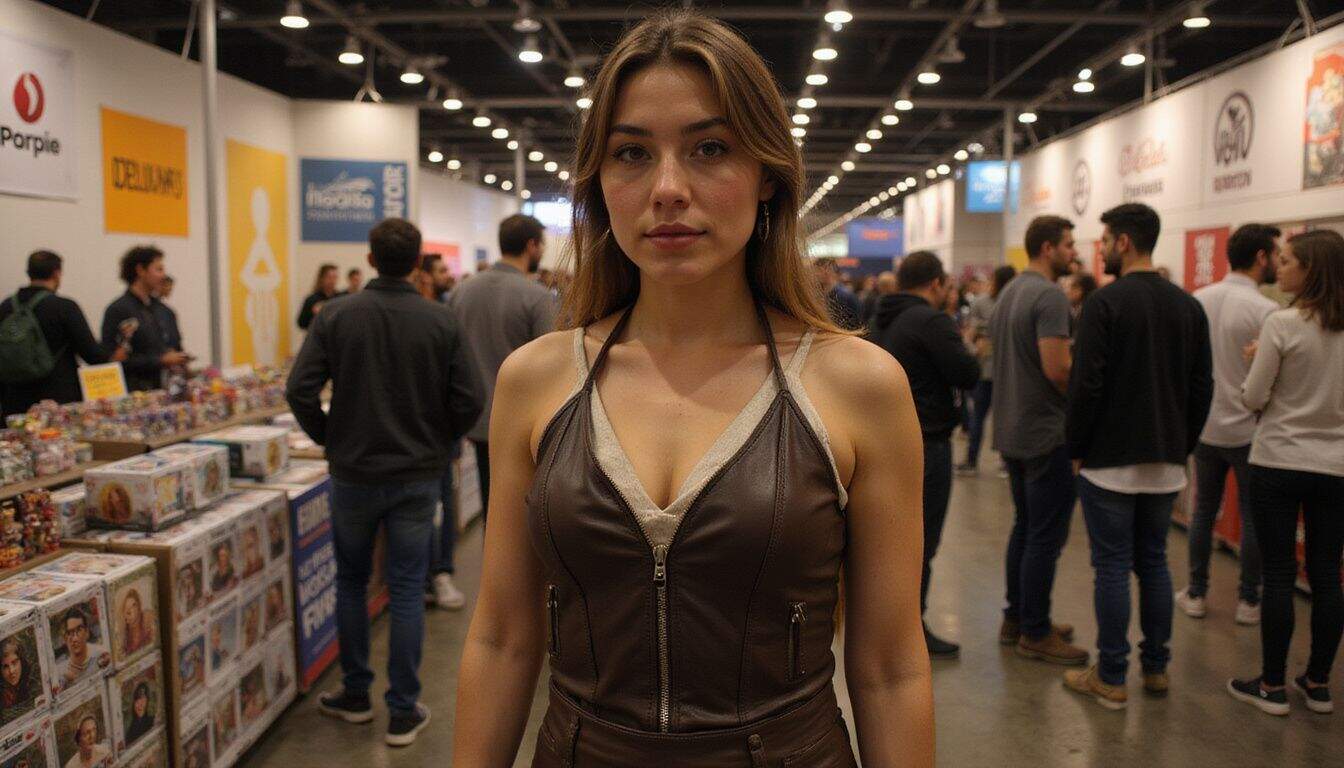
Big brands now strongly influence cosplay trends beyond just sexy outfits. Companies regularly notice popular cosplayers, offering deals to display products or wear certain costumes at events.
I’ve personally watched how these sponsorships push particular looks into the spotlight. One friend who cosplays landed a deal with a gaming company—and suddenly, her provocative costume appeared all over social media.
Clearly, the commercialization of cosplay has led to an increase in sexualized imagery within marketing campaigns.
This brand involvement creates a cycle influencing the whole community. Businesses fund content that grabs attention, and sexy cosplays typically generate higher online engagement.
Social platforms like Facebook amplify this trend through their built-in algorithms. Financial pressure pushes even artistic cosplayers into more revealing costumes, just to stay competitive.
This commercial influence shapes gender dynamics inside the subculture too, often reinforcing traditional roles rather than challenging them. Many cosplayers end up feeling torn, stuck between their creativity and the sponsored marketing that covers their expenses.
Challenges and Criticisms
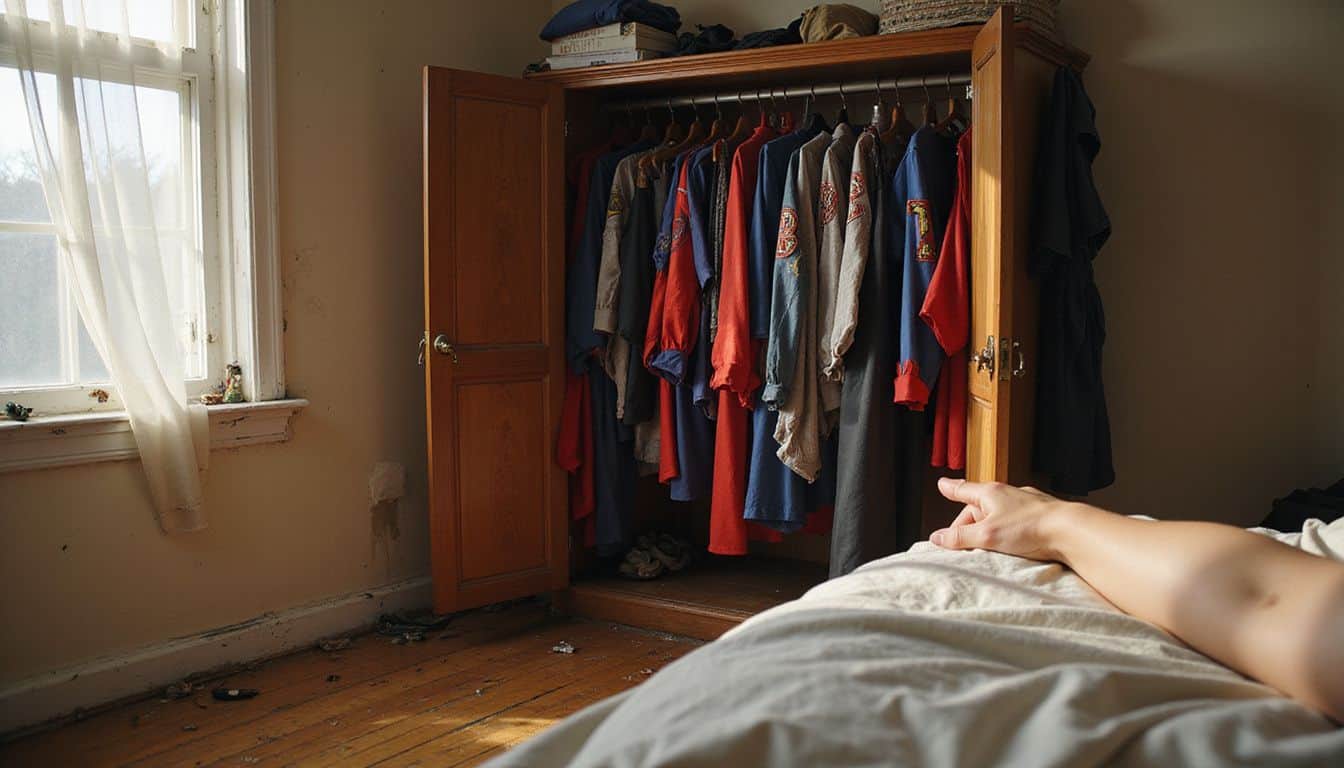
Cosplay faces tough issues like body shaming and gatekeeping that hurt many fans. Some critics point out how sexualized costumes can feed harmful ideas about women and men in geek spaces.
Objectification and harmful stereotypes
Sexualized cosplay often leads to people being seen as mere objects, instead of respected artists. I’ve watched gifted cosplayers become reduced to their body parts through online photos posted without their permission.
This hurtful behavior feeds stereotypes that damage our entire cosplay community. Many talented cosplayers regularly receive unwanted remarks about their appearance, rather than honest praise for their skill, creativity, or detailed craftmanship.
Putting too much focus on someone’s physical looks sends harmful messages about how men or women should dress or behave in costumes.
This issue does more damage than just making people uncomfortable—it leads directly to unwanted physical contact at conventions and photos being shared online without consent. Facing such constant pressure and disrespect can harm mental health, driving some talented individuals out of cosplaying altogether.
Thankfully, several cosplay groups have begun addressing the issue, clearly stating guidelines for respect and personal boundaries at gatherings. Building safe, welcoming spaces where cosplayers feel appreciated for their talent and dedication, not their looks, continues as a major priority—and a real challenge—for the community.
Controversies within the cosplay community
The cosplay community often struggles with debates around body image and gender roles. Many cosplayers face harsh criticism over their appearance or how accurately their costumes match characters.
I’ve personally witnessed talented friends give up after cruel remarks about their height or weight being “wrong” for certain roles. This toxic attitude makes new cosplayers feel unwelcome, creating the impression they just don’t belong.
Sadly, body shaming has become so widespread that some conventions now display signs declaring “Cosplay is for Everyone“.
Elitism also plays a part, dividing cosplayers into categories like “professional” or “casual”. Some individuals unfairly judge others based on costume quality or budget, instead of appreciating creativity and genuine passion.
Social media tends to spotlight polished images, placing less emphasis on having fun and sharing excitement. This emphasis on popularity often leads cosplayers to pick outfits that show more skin, sparking conflict between creative expression and unwanted attention.
Clearly defining personal boundaries can help cosplayers feel safer and more comfortable within the community.
Consent and Boundaries in Cosplay
Cosplay events need clear rules about touching costumes and taking photos. Fans must ask first before hugging or posing with cosplayers – this builds respect and keeps everyone safe at conventions.
Importance of respecting personal boundaries
Personal boundaries matter a lot at cosplay events. Fans and photographers should always ask permission before touching or snapping photos of cosplayers. At various conventions, I’ve noticed how just saying, “May I take your picture?” helps everyone feel safer and more welcome.
Thankfully, the cosplay community emphasizes clear rules about consent these days. Many events even place visible signs, clearly stating “cosplay is not consent“, helping protect costumed attendees.
Respect builds a better convention setting for every fan involved. Guidelines these days clearly instruct photographers to first get permission, and then respect the person’s wishes.
Doing this cuts down on unwanted physical contact and uncomfortable comments about someone’s clothes or body. Creating a secure and welcoming atmosphere ensures everyone can freely enjoy their fandom without worries or fears.
If you’re planning to hook up at an anime convention, knowing these limits becomes even more essential.
Encouraging respect and consent helps conventions remain fun, welcoming spaces—places where people can freely express themselves creatively.
Efforts to create safe spaces at conventions
Cosplay conventions today put fan safety first. Many events clearly state rules against unwanted touching or photos without permission. At major events like SDCC, I’ve noticed clear signs stating “Cosplay Is Not Consent“, urging attendees to respect each other’s boundaries.
Actions like these help reduce objectifying behavior and foster a welcoming community. Convention staff and volunteers often have special badges, so attendees can quickly find help and report issues.
Safety efforts aren’t limited to written policies. Nowadays, plenty of conventions set aside quiet areas, giving overwhelmed guests space to relax away from big crowds. Staff members also receive training, learning how to identify and stop online harassment and unfair stereotypes at the event itself.
These changes make a noticeable difference, creating an event culture where creativity can flourish freely—without anyone feeling unsafe or uneasy. The main idea is simple: every fan deserves to enjoy conventions comfortably, without stress or unwanted attention.
Balancing Creativity and Responsibility
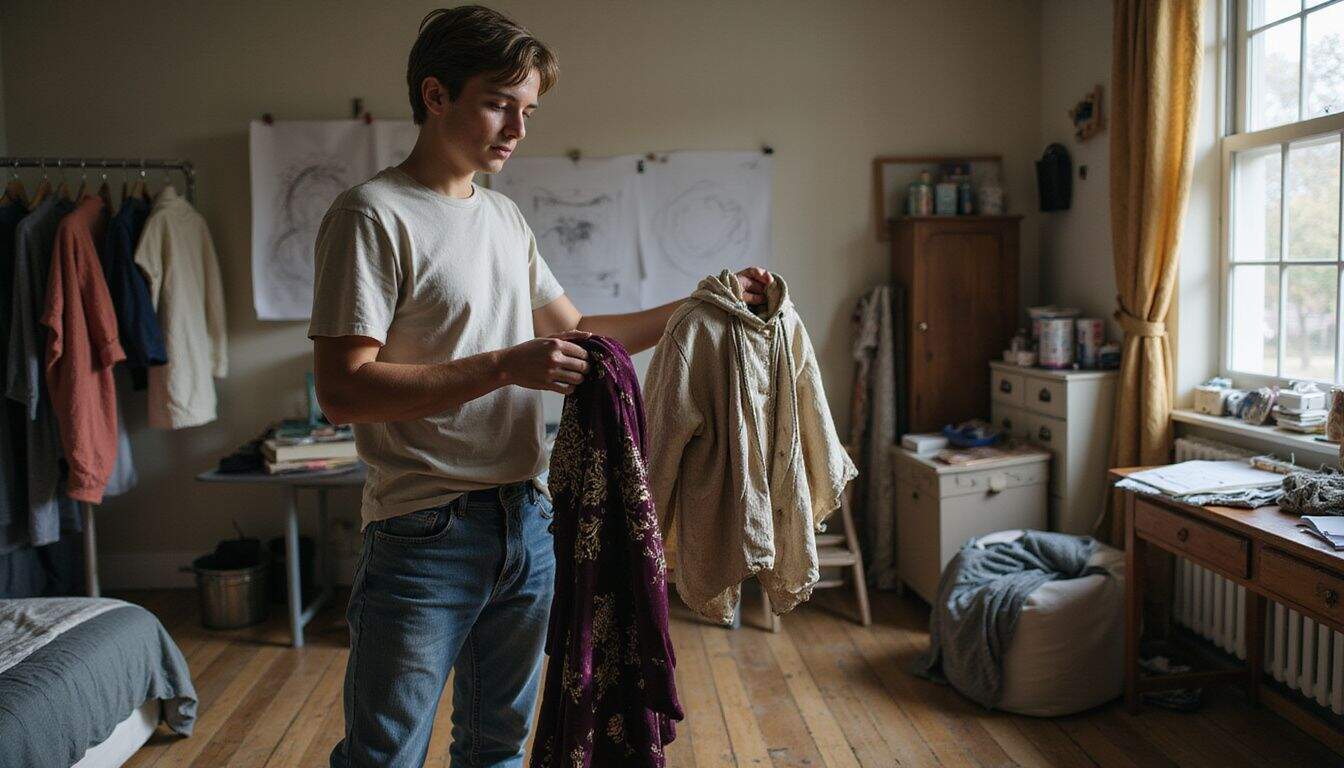
Cosplayers face tough choices between bold artistic vision and social impact. They must find ways to express themselves while thinking about how their costumes affect others in the community.
Reimagining characters in empowering ways
Plenty of fans do cosplay beyond just copying costumes, turning it into something totally fresh. They reinvent favorite characters, breaking traditional rules and boosting their confidence.
I’ve come across fantastic examples—like plus-size cosplayers confidently wearing outfits once reserved for slimmer figures. This creativity builds strength and helps individuals feel great in their own bodies.
Gender-bent cosplay opens new possibilities too, like women putting unique, powerful spins on male heroes.
These creative twists can drive artistic growth as well as personal change. Many cosplayers use these adaptations to push against gender stereotypes that limit characters in shows and comics.
Mash-up cosplay, another fun trend, combines two fictional universes into one unique persona, reflecting the cosplayer’s personality and values. These thoughtful adjustments can shift attention away from mere appearances, highlighting instead the courage and compassion that make fictional heroes special.
From this perspective, cosplay isn’t about revealing skin—it’s about revealing real heart.
Navigating the line between expression and societal impact
Cosplay blends personal freedom with social responsibility. Many cosplayers feel empowered by choosing how they portray characters—whether boldly or modestly. Yet, defining the boundary between creative expression and reinforcing harmful stereotypes isn’t always simple.
Cosplayers often reshape characters to fit their comfort zone, staying faithful to the original source. Achieving that balance requires thoughtfulness and care.
Social media has shifted our perception of cosplay art. A provocative photo often gathers more likes, putting pressure on creators to reveal more skin. The cosplay community actively promotes acceptance of diverse bodies and styles.
Fans celebrate gender fluidity through costume choices, helping break traditional gender norms. This openness gives cosplayers room to safely explore different parts of their identity.
As conventions become more inclusive, cosplay is sure to keep changing in surprising new ways.
How Will the Landscape of Cosplay Evolve in 2025?
By 2025, cosplay will see some major shifts—and technology will be front and center. Picture going to events and instantly switching between characters through digital costumes, thanks to AR filters.
Even props that seemed impossible a few years back will be simple creations with 3D printing. I’ve seen how online groups now influence cosplay trends faster than traditional media ever could, and that pace will keep picking up.
Plus, expect social platforms to boost interaction through cosplay challenges and virtual hangouts.
Personal growth and ethical expression will also become stronger parts of cosplay culture. Many fans today are rejecting pressure to wear overly revealing outfits. Instead, they focus on creativity, skill, and art.
Convention organizers have already noticed this shift. They’re hosting more panels on cultural sensitivity and ways to fight stereotypes. This trend shows that cosplay is becoming a place where fans can have fun respectfully, enjoying their favorite fictional heroes without harmful attitudes or pressured marketing.
People Also Ask
Why is cosplay often portrayed in a sexualized way in media outlets?
Media outlets frequently show cosplay in a sexualized manner due to targeted marketing efforts and photography appealing to the male gaze. Rather than highlighting the artistry and creativity behind costumes, many outlets choose images showcasing revealing outfits or cleavage.
Does cosplay challenge traditional gender roles?
Cosplay offers people a chance to break traditional gender norms. Through their costumes and performances, cosplayers explore masculinity and femininity outside everyday societal expectations. Many fans use their character portrayals to question gender stereotypes openly and creatively.
How does the psychology behind cosplay relate to its sexualization?
Cosplay often provides a form of self-expression, emotional release, and relief from everyday stressors. While many cosplayers use it as a way to improve their mental health, online community pressures sometimes push members toward wearing more revealing costumes to attract attention or approval.
What role do online communities play in cosplay sexualization?
Online cosplay communities offer companionship, support, and encouragement, but they can also unintentionally put pressure on their members. Moderators try to keep bullying in check and encourage positive interactions. Still, popular beauty standards can influence cosplayers to pick more suggestive costumes or poses, rather than creative or skill-focused options.
How can cosplayers deal with unwanted attention or personal space issues?
Education and clear boundaries help cosplayers deal with unwanted attention. Experienced cosplayers like Ardella Cosplay emphasize the importance of respecting personal space at conventions. Understanding how to assert boundaries allows cosplayers to create safer, more comfortable experiences for everyone around them.
Is there a difference between artistic expression and sexualization in cosplay?
Artistic expression in cosplay emphasizes creativity, storytelling, and skill in costume design. Sexualization, on the other hand, occurs when attention shifts primarily to the cosplayer’s physical features instead of the character, craftsmanship, or narrative behind their costume.
